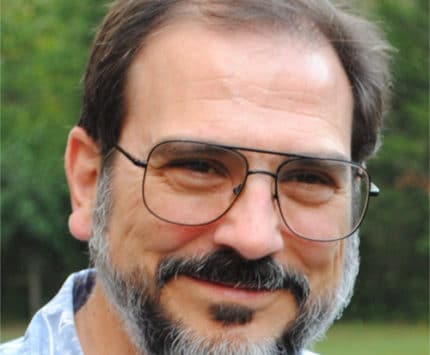Street Savvy: East 10th Steet
Regulars at scrappy little Tin Comet Coffee leave their favorite mugs—dated vessels touting IHOP, Florida travel, The Far Side, and so on—hanging on a wall for use on return visits.

At $125, it’s not your typical comic book. But then, Roger Stern is not your typical comic-book writer. He professed to be a diehard comic fan long before he arrived at Indiana University in the early ’70s, and would eventually teach a class there called “The Comic Book in Society.”

Spectators needn’t leave Indiana to take it all in: Across the water from the bluegrass metropolis, a cluster of Hoosier burgs offers visitors a view of the aerial extravaganza against a glittering skyline backdrop. And saves you from the region’s bane: bridge congestion.

The players of Crispus Attucks High School wrote a new chapter in the book of Hoosier basketball lore—one in which underdogs could be kids from urban ghettos, could grow up shooting in alleys and parks, could be black and be a vital part of the glory of the game.

Paul George is a soft-spoken homebody who’s pictured more often with a fishing pole in his hand than a martini glass. The good news: George says he likes the newfound attention. “Now it’s just [about] getting out of my comfort zone and being part of big events,” he says.

By decisively winning the 1926 Gold and Glory Sweepstakes, Charlie Wiggins, a humble mechanic from Indy’s south side, earned the nickname “The Negro Speed King”—almost 65 years before Willie T. Ribbs would become the first black driver to qualify for the Indianapolis 500.